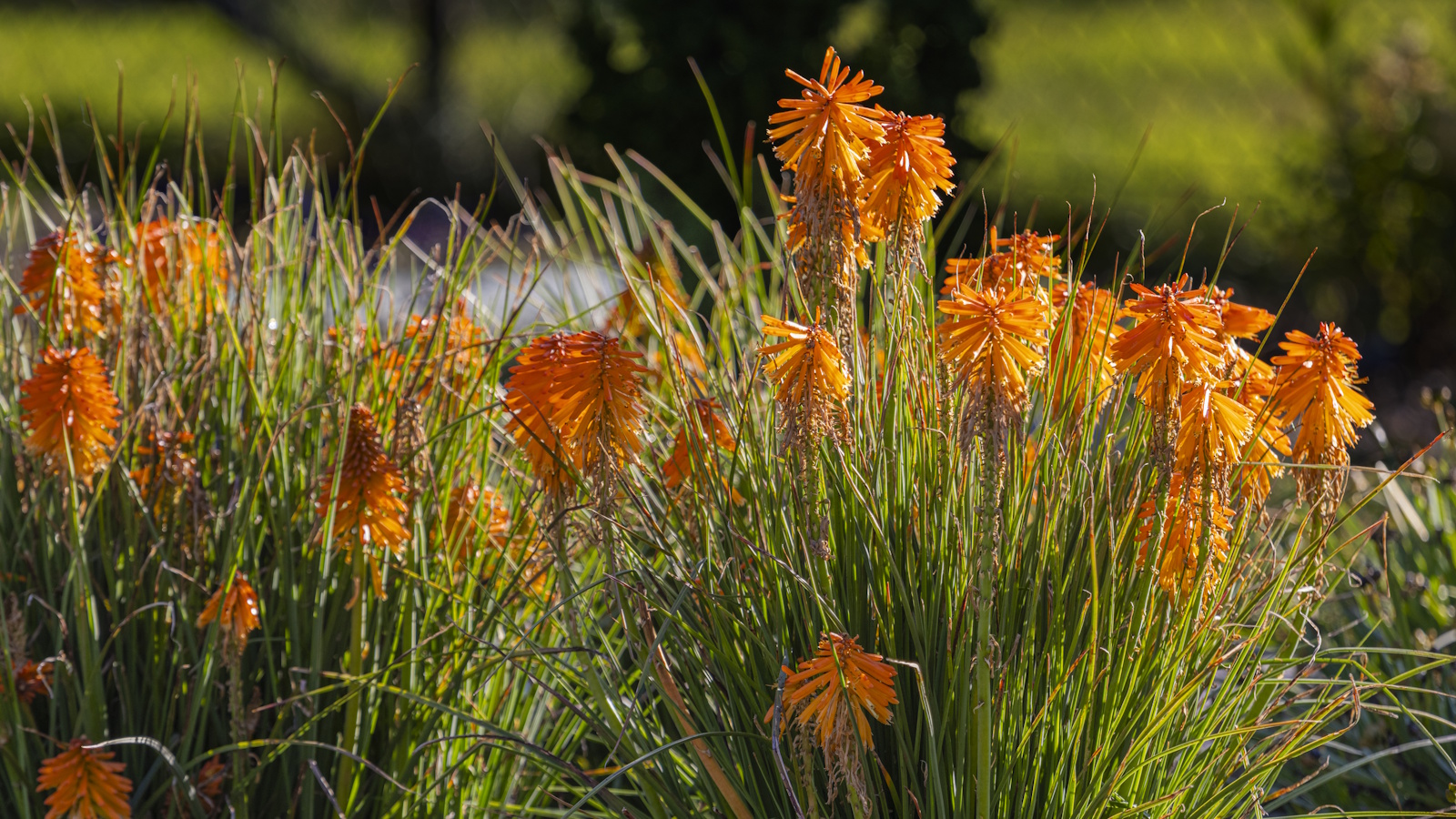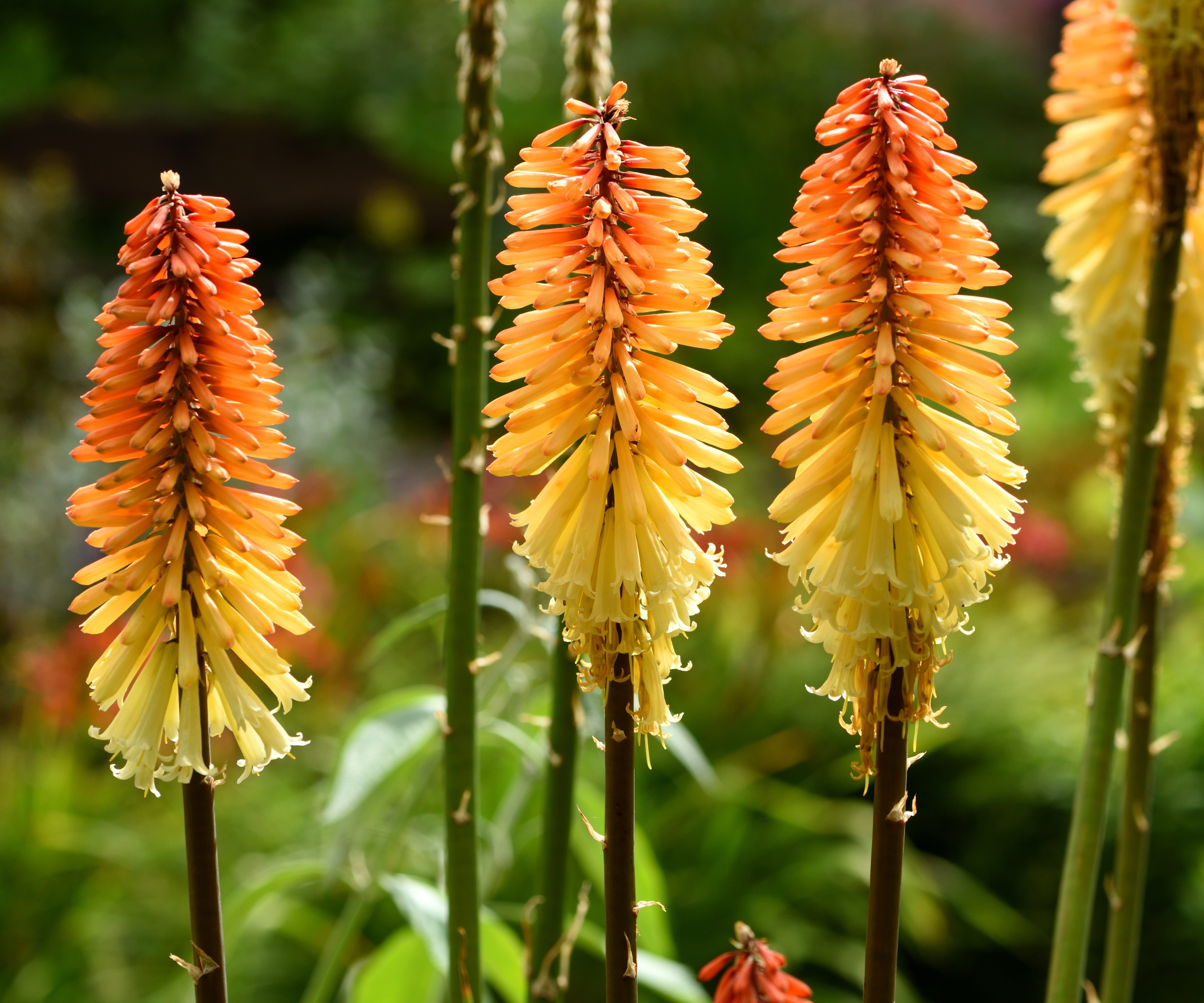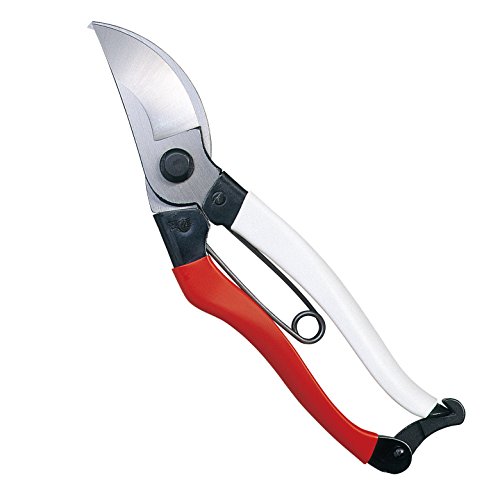Is it necessary to deadhead red hot pokers? What I always do as a horticulturalist to enjoy maximum flower spikes
Keep your fiery flowers in tip-top shape this summer


For taller perennial plants that can always be relied on to inject a punch of color in summer borders and pots, red hot pokers, or Kniphofia spp., are a strong option. Native to sub-Saharan Africa, these fiery perennials will always turn heads with pops of orange, red, peach and white. One of my favorites is 'Tawny King', which is a salmon-peach pastel variety that, to me, is a little less busy than the two-tone options.
Red hot pokers are incredibly tough once they’ve settled in to your yard, thriving in poor soil and asking for very little. But one task that will extend the floral show in summer is deadheading. A simple snip every few days can encourage your plants to produce more flowers for as long as possible.
So, if you already know how to grow red hot pokers but want a little advice on deadheading, you've come to the right place. Here, I explain when and how to deadhead red hot pokers to keep your perennials looking spectacular for as long as possible this year.

Deadheading red hot pokers – my top tips
Whatever varieties of red hot poker you enjoy, deadheading is a great way to encourage your plants to produce as many flowering stems as possible. So, make sure to add this to your summer gardening checklist this year.
If you fancy adding an unusual dwarf variety to your containers or borders, try this crimson 'Red Hot Popsicle' red hot pokers, with live plants available now via Nature Hills.
How to deadhead red hot pokers

In most regions, red hot pokers tend to flower sometime in summer, usually around June, July and August, depending on the variety, local climate and your US hardiness zone.
While individual blooms will last about three weeks (around the 18 days mark), with consistent and regular deadheading, these tall perennial flowers will keep emerging right through until fall, particularly during mild years. While their numbers will dwindle, you can still eek out an extra one or two stems even in late September.
Design expertise in your inbox – from inspiring decorating ideas and beautiful celebrity homes to practical gardening advice and shopping round-ups.
Red hot pokers flower from the bottom up, so those petals that open first (lower down the stem) will have fallen by the time the petals at the top of the flower have seen the light of day.
And, where the flowers have turned brown and the petals have fallen, small green seedpods will begin to swell.
Of course, you can leave these fading flowers and seed pods to stand, but if you want to encourage more flowers, it is a good idea to trim these stems, cutting right down to the base of the plant.
Use something like these highly rated Felco F2 pruners, available from Amazon, which will easily slice through red hot poker stems.
While you can wait until all petals have dropped, I would probably suggest pruning red hot pokers a little sooner than this, to redirect energy into flower production as opposed to seed production as soon as possible.
To note, many red hot poker cultivars are actually sterile and won't actually produce seeds. But, even for sterile plants, deadheading will encourage more flower stems to form, so really, it is worth doing for all varieties.
FAQs
Can you compost trimmed red hot poker stems?
Yes, all red hot poker flowers, stems and leaves can be added to your compost heap. This green waste will quickly break down, just be sure to snip any chunky or longer stems up into smaller pieces (no more than a few inches), which will help with the composting rate.
Red hot pokers are remarkably drought-tolerant, surviving in arid-like conditions without rainfall in their native habitat. However, deep watering once a week can help with flower production, particularly if the summer is incredibly hot.
For more flower inspiration, see our guide on deadheading agapanthus, to get the most out of your yard this summer.
Shop garden accessories

Thomas is a Content Editor within the Gardens Team at Homes and Gardens. He has worked as a professional gardener for both public spaces and private estates, specializing in productive gardening, growing food and flowers. Trained in Horticulture at the Garden Museum, he has written on gardening and garden history for various publications, including The English Garden, Gardens Illustrated, Hortus, The London Gardener and Bloom. He has co-authored a Lonely Planet travel book, The Tree Atlas, due out in 2024.


